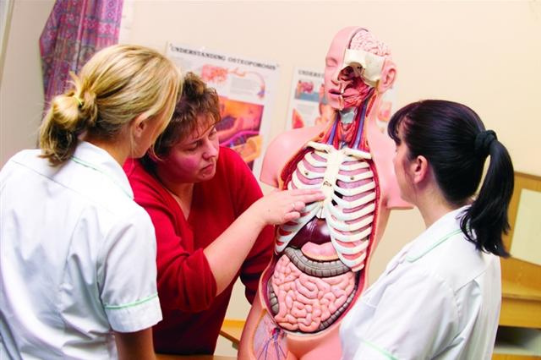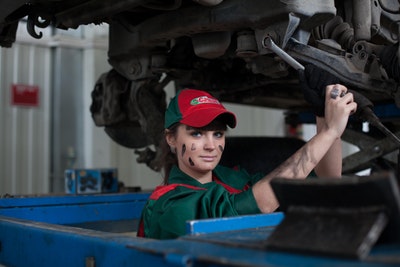How Vocational Trucking Has Evolved Over the Years

The trucking industry has evolved quite a lot in the last decade.
Those in this field will find it helpful to understand how technology advancements and regulations have impacted the industry to analyze what lies ahead in the future for vocational trucking.
Passing of the ELD Mandate
The electronic logging device or ELD rule was an unprecedented step taken by the trucking industry.
It creates a safe working environment for truck drivers and, in turn, makes it easy to manage, track and share the truck drivers’ status records accurately.
Unlike in the past when these records were written manually, today, paper has been replaced by electronic technology for easy logging.
The ELD rule has proved to be promising in improving drivers’ safety by reducing truck crash rates drastically. It has also helped to reduce the violations in hours of service.
Safer Trucks
Vehicle safety has been given importance in the last decade. Modern trucks have been equipped with systems and technology to make them safe for vehicle operation.
The new trucks today can withstand powerful impacts and have seen an improvement in the onboard safety systems with lane assist and backup cameras, leading to improved truck safety.
Old trucks are retiring from the fleets, and with more advanced trucks introduced, there is sure to be an improvement in the reported metrics.
Onboard Monitoring Is the New Normal
Onboard monitoring systems are being embraced with open arms. These go a step ahead of electronic logging.
The fleet managers and the owners use the onboard monitoring system for varied reasons. These:
- Help to track the fuel efficiently and analyze it. It lets fleet managers reduce the usage of fuel and look at ways for efficiency optimization.
- Allow delivery tracking in real-time, which keeps the clients in the loop about any potential delays.
- Are used for optimizing the driving routes better. The data is collected on the routes followed, making it easy for the truck fleet managers to adjust the strategy to ensure better delivery.
- Improve driver safety. In case of an accident, the emergency responders are notified quickly of the exact location of the driver.
- Help in ensuring compliance with crucial safety standards for the driver. It prevents the drivers from overspending or operating the truck for long hours without resting. In turn, the system lowers risk and improves safety.
In a nutshell, the onboard monitoring implemented in the truck is a modern system that streamlines the workflow, offering insights on machine learning and providing a detailed report.
The Trucking Industry Revolution
There have been several changes in the trucking industry. From ELDs to new technology, it has been a whirlwind for this industry. All this has created the perfect platform for newbies to enter the vocational trucking industry.
Like any industry, trucking also needs to adapt and change with the environment around to be profitable. T
o get an edge, it pays to stay updated on the latest trend in vocational trucking since the industry is evolving and adapting to the emerging technologies and trends.





